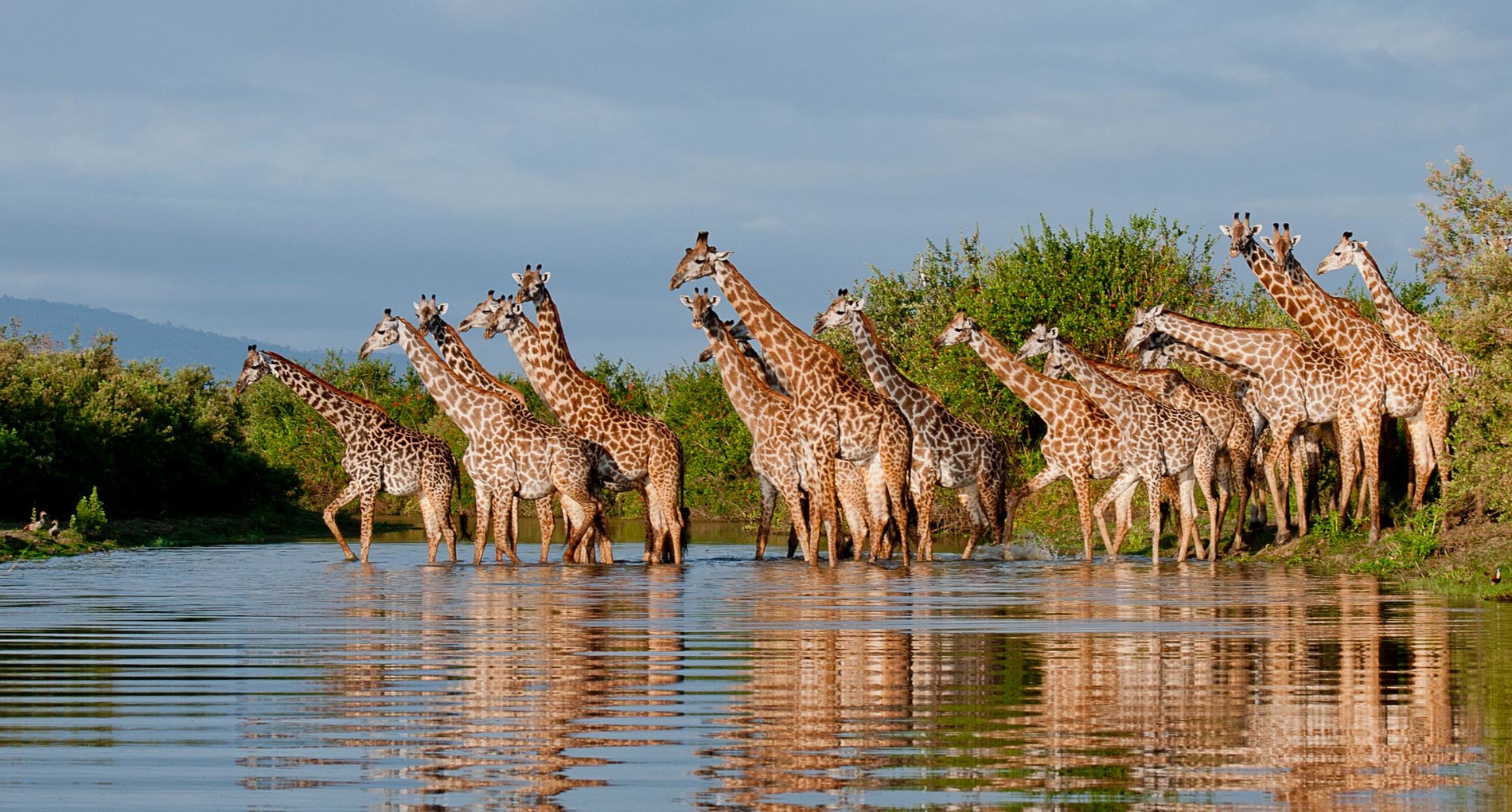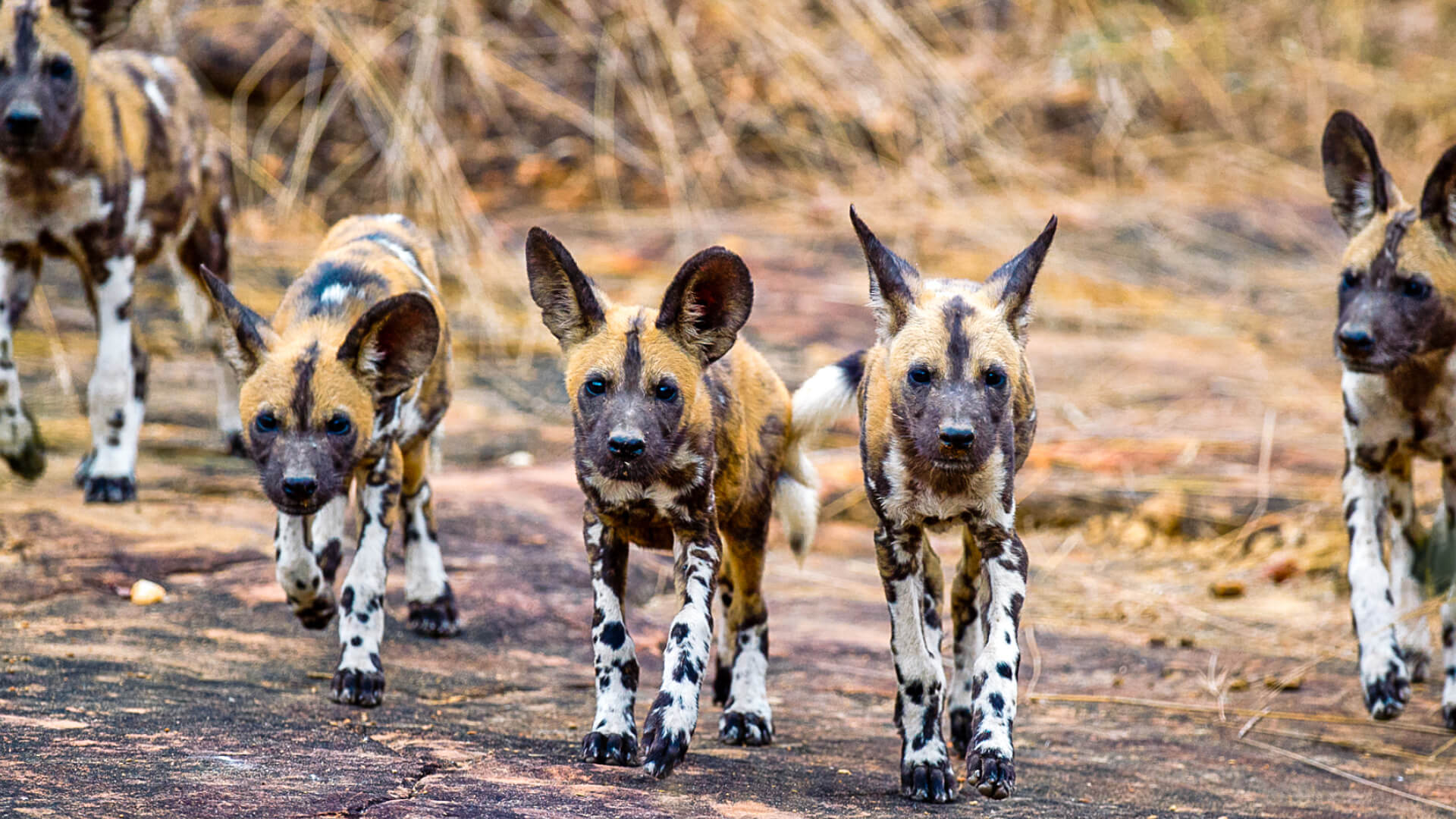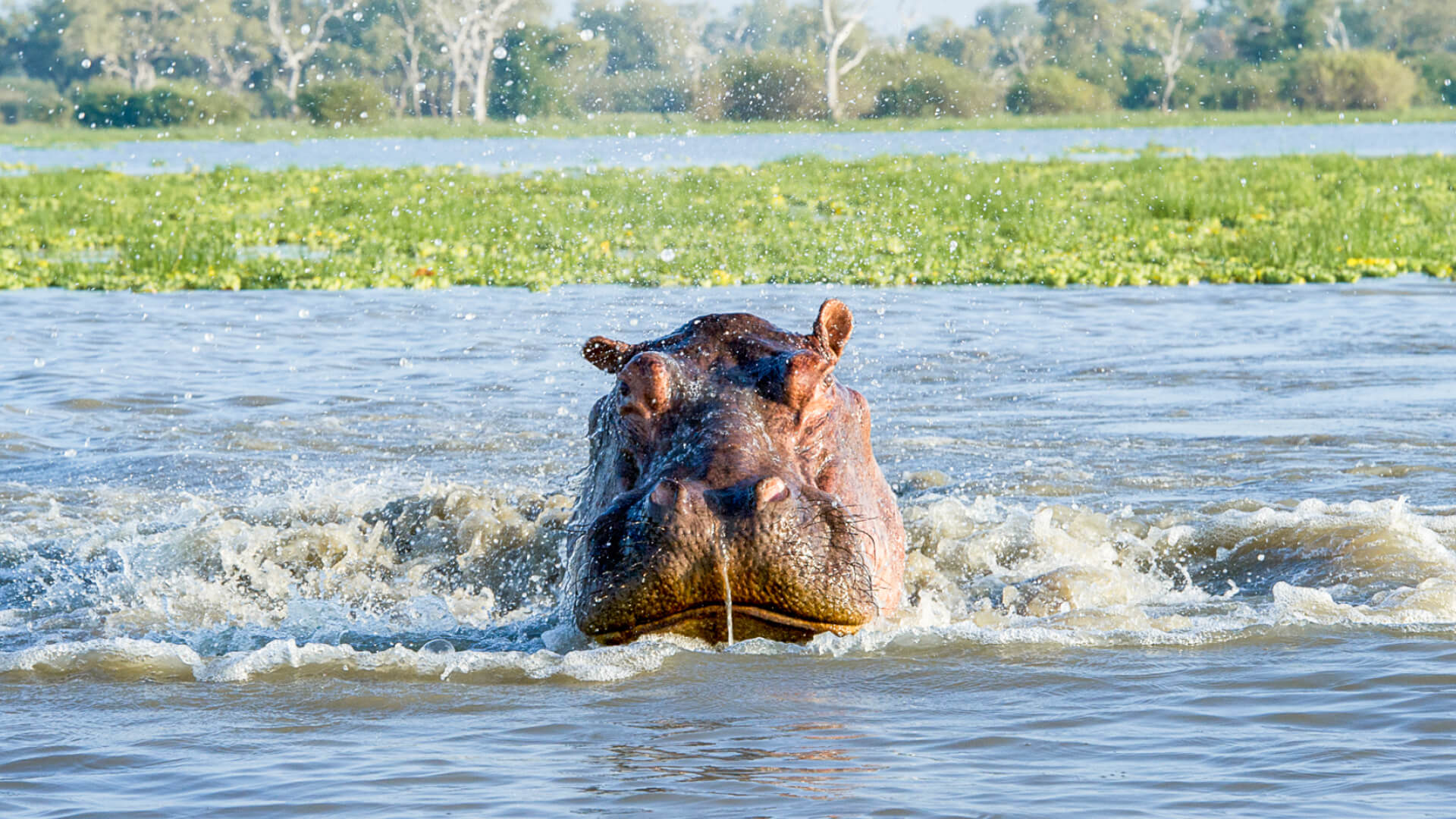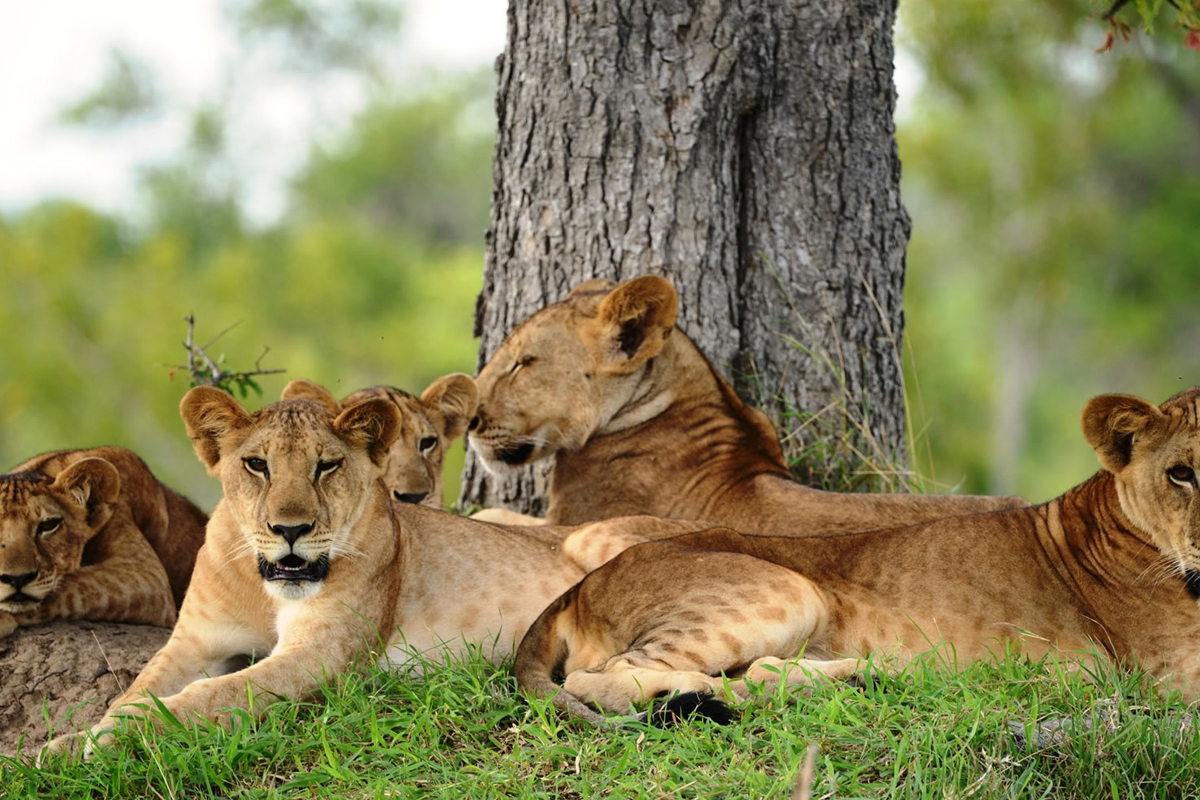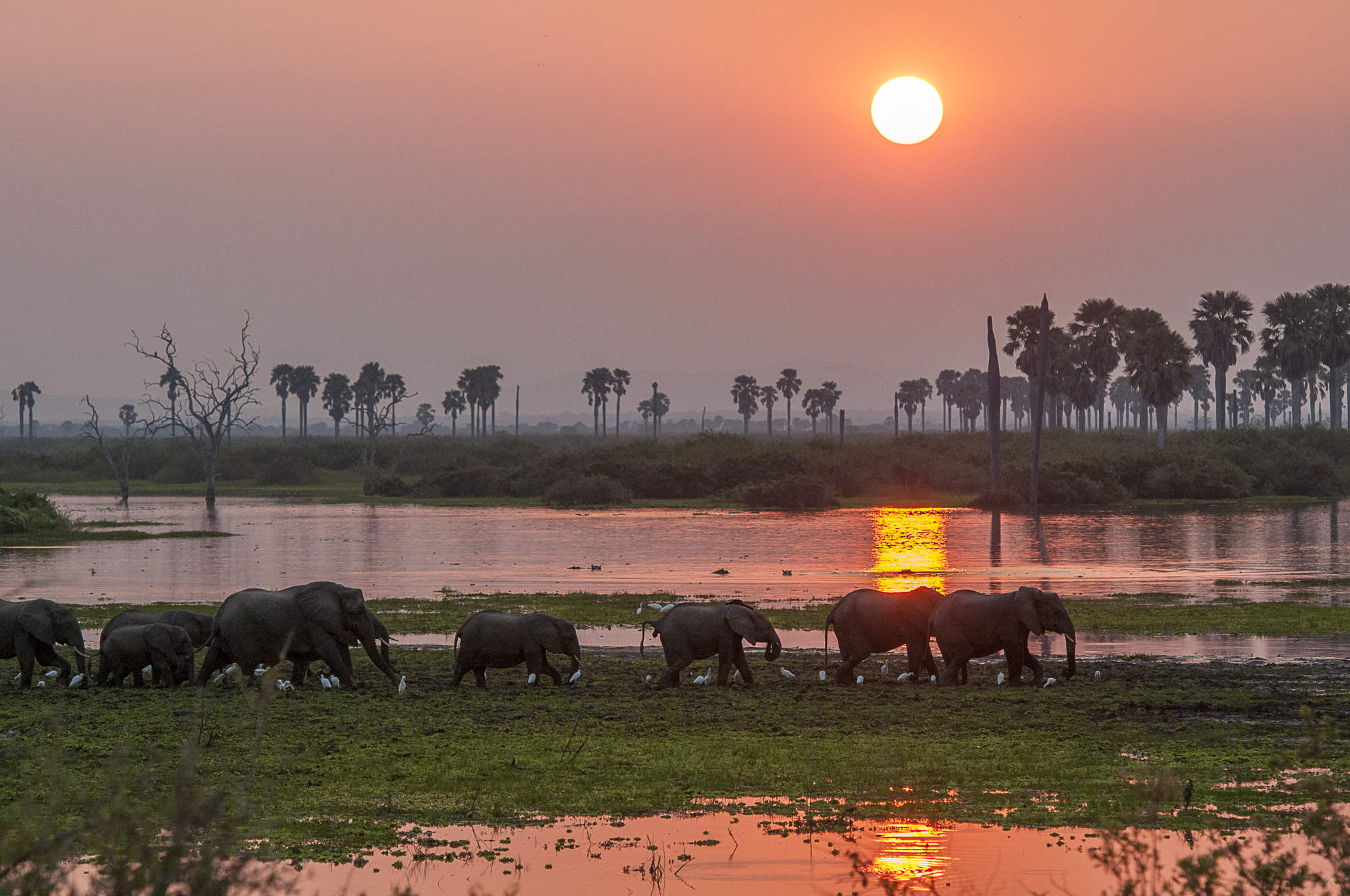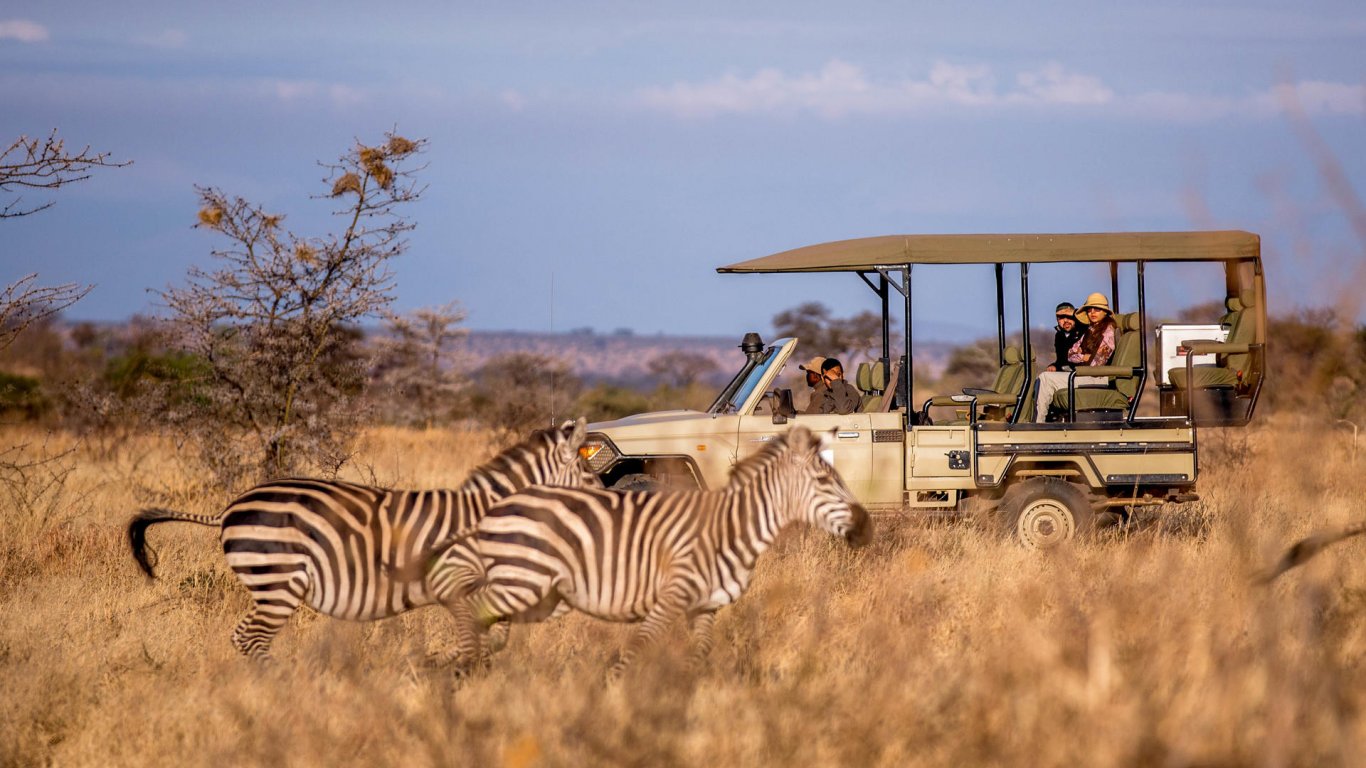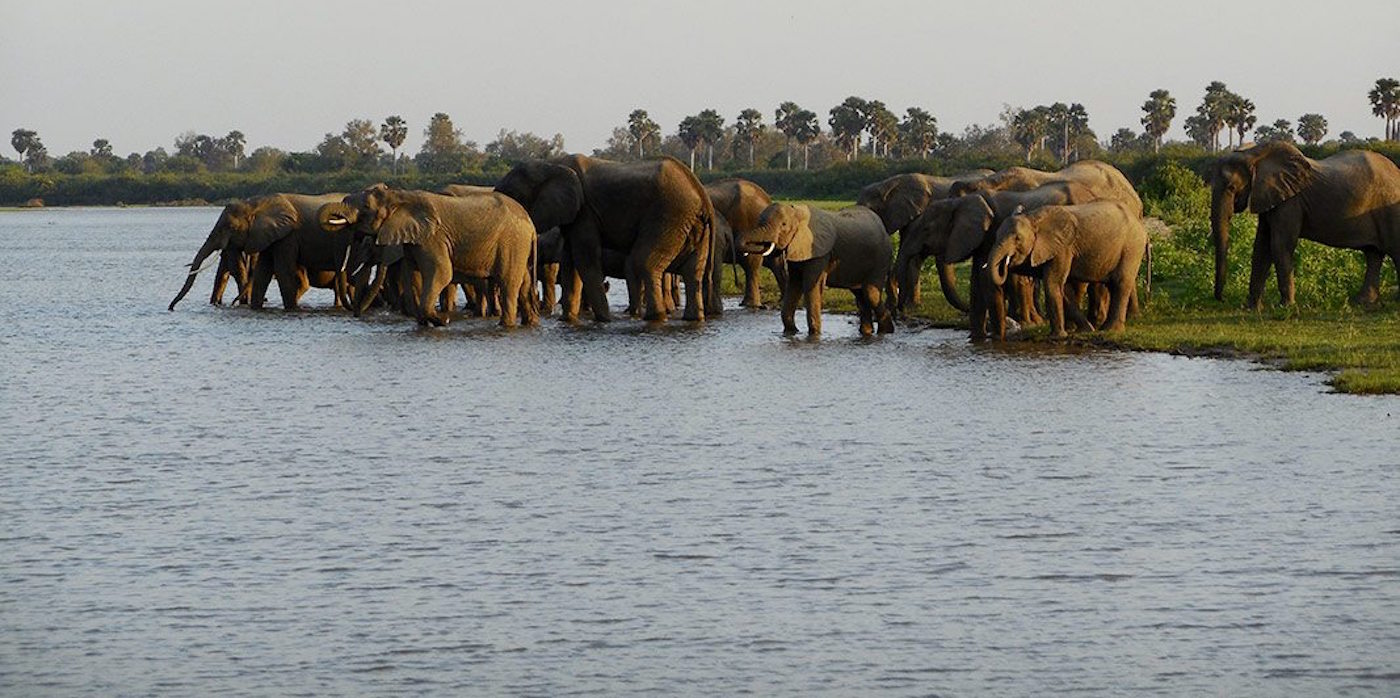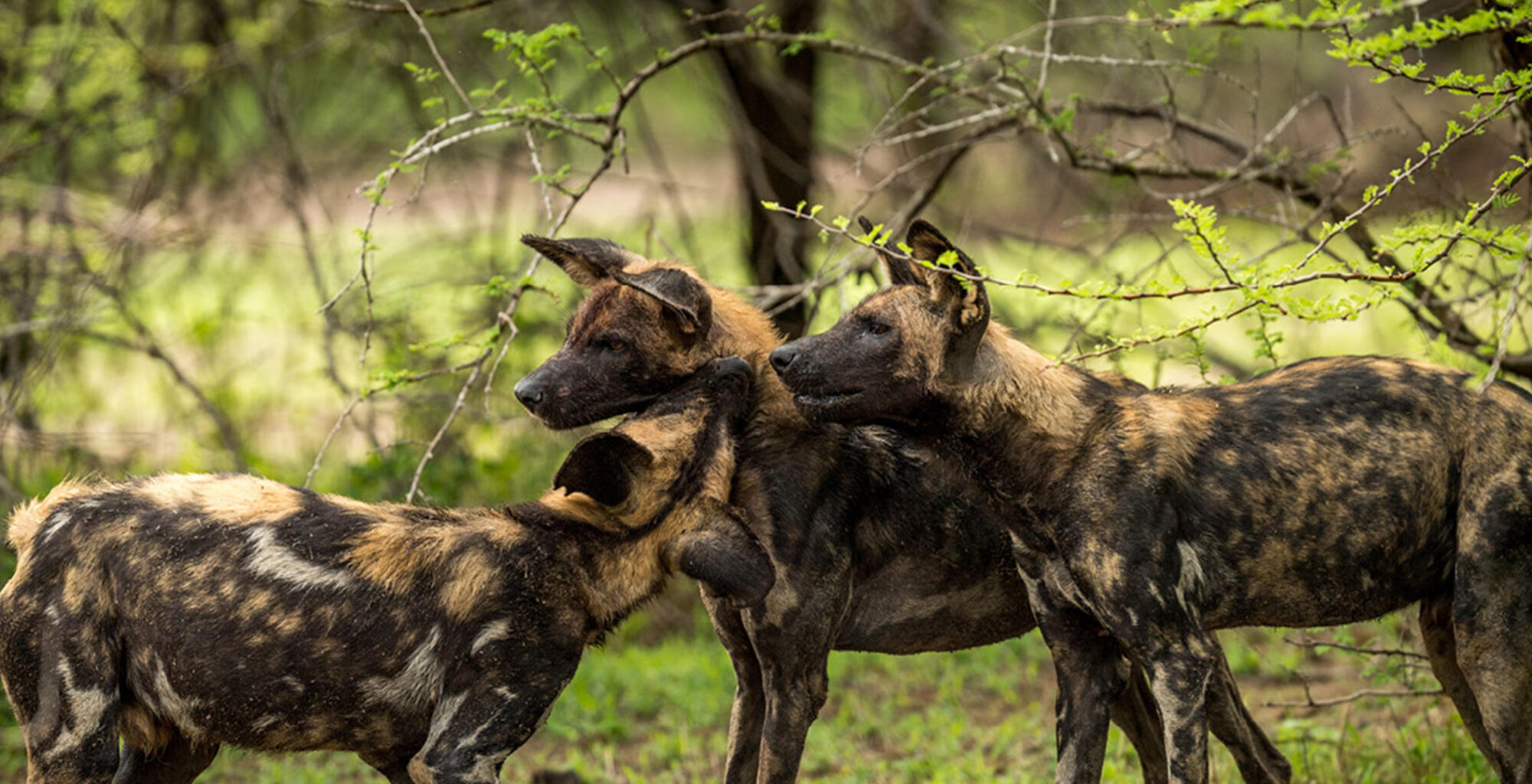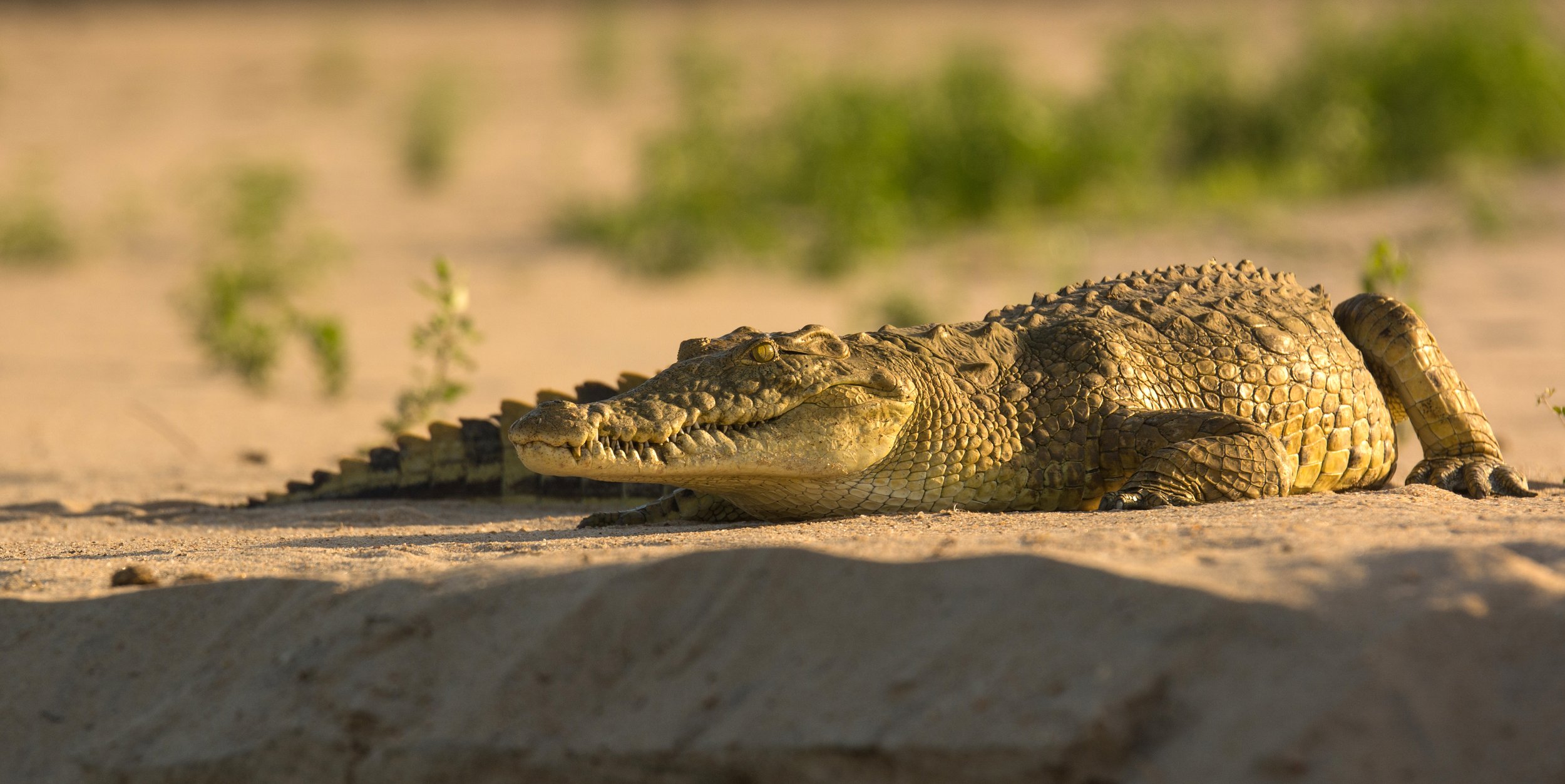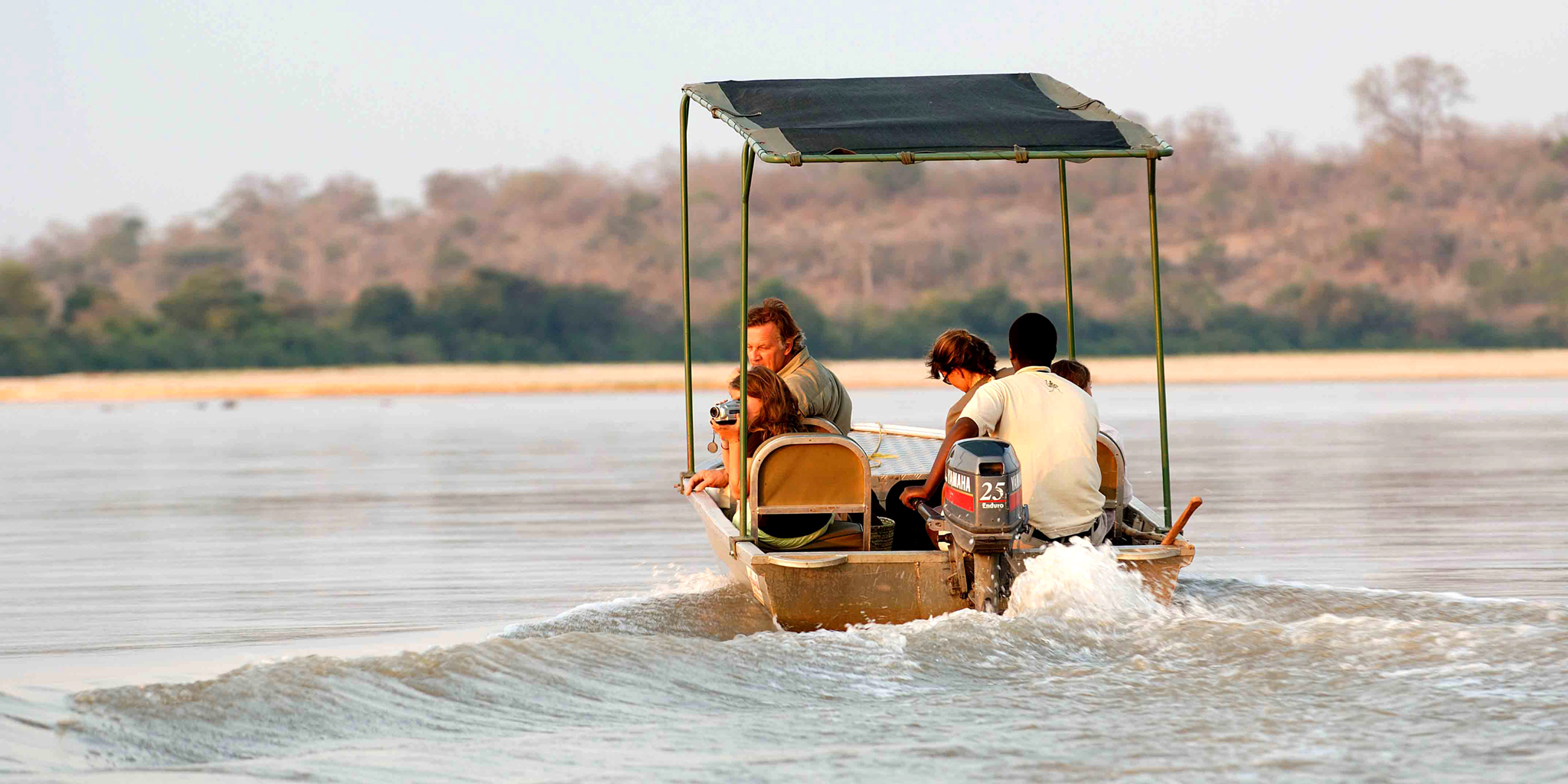Why Visit Nyerere National Park?
If you’re dreaming of an uncrowded safari, raw landscapes, and authentic bush experiences, Nyerere delivers. The park is rich in biodiversity, with rivers, lakes, woodlands, and open plains supporting an incredible variety of life.
Here, you can enjoy:
-
Classic game drives with few other vehicles in sight
-
Unique boat safaris on the Rufiji River
-
Guided walking safaris with armed rangers
-
Exceptional predator sightings and birdlife
Perfect for adventurers, photographers, and honeymooners seeking solitude in the wild.
Rufiji River – The Heart of Nyerere
The mighty Rufiji River winds through the park, creating oxbow lakes, sandbanks, and lush riverine forests. It is the lifeline of the ecosystem, attracting large numbers of wildlife year-round and offering:
-
Boat safaris at sunrise or sunset
-
Crocodile and hippo viewing
-
Dramatic sundowner views with elephants silhouetted against the sky
No safari in Nyerere is complete without floating down the Rufiji with the sounds of the bush around you.
Best Time to Visit Nyerere National Park
-
Dry Season (June to October) – Best wildlife viewing. Animals gather near water, roads are accessible, and skies are clear.
-
Green Season (November to March) – Beautiful landscapes, fewer tourists, and great birdwatching. Some camps close April–May during the long rains.
How to Get to Nyerere National Park
By Air:
-
Daily flights from Dar es Salaam, Zanzibar, or Arusha to airstrips like Mtemere, Beho Beho, or Siwandu
-
Flight time: ~45 minutes from Dar es Salaam
By Road:
Where to Stay in Nyerere National Park
Nyerere offers a wide range of authentic bush camps, luxury tented lodges, and riverfront accommodations. Most camps are eco-friendly and provide fully inclusive safari packages.
Recommended Lodges:
-
Siwandu Camp – Upscale, spacious tents with views of Lake Nzerakera
-
Lake Manze Camp – Great for wildlife lovers and photographers
-
Roho ya Selous (Asilia) – Luxury, fly-in camp with walking safaris
-
Selous Serena Camp – Stylish riverside escape
-
Mivumo River Lodge – Romance on the Rufiji
Unique Activities in Nyerere National Park
- Game Drives – Morning and afternoon safaris with expert guides
- Boat Safaris – Drift past pods of hippos and crocodile
- Walking Safaris – Explore the bush on foot with an armed ranger
- Cultural Visits – Meet local communities and learn about their traditions
- Birdwatching – Paradise for twitchers, especially during the wet season
Suggested Safari Duration
3–4 days is ideal to fully enjoy Nyerere’s game drives, boat safaris, and relaxation. Combine with Mikumi or Ruaha for a complete Southern Tanzania circuit—or end your trip in Zanzibar.
Why Include Nyerere National Park in Your Tanzania Safari?
If you want something off-the-beaten-path, wild and uncrowded, and completely immersive, Nyerere is it.
Combine it with:
-
Zanzibar beaches for a bush-to-beach combo
-
Mikumi or Ruaha National Park for more diversity
-
Bagamoyo or Dar es Salaam for coastal culture
Ready to Explore Tanzania’s Wild South?
Let’s build your dream Nyerere safari itinerary—whether it’s a romantic getaway, family adventure, or wildlife-focused photo safari.
📩 Contact us now for expert help, quotes, or personalized travel advice.

